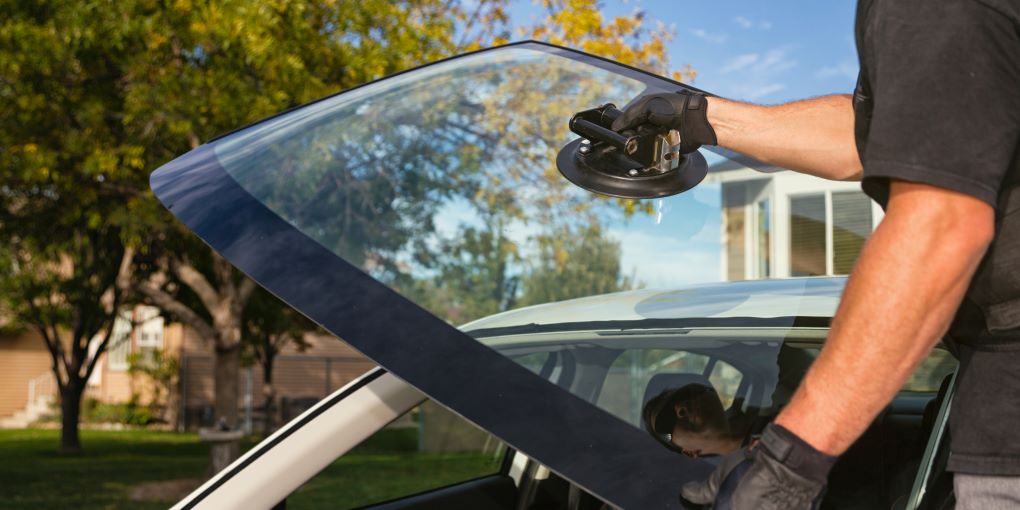Quick Guide to Replacement Windows for Your Car

When it comes to maintaining the integrity and functionality of your vehicle, few things are as critical as the windows. Your car’s windows serve various purposes, including providing visibility, insulation, and security. Over time, due to accidents, wear and tear, or environmental factors, you may find yourself in need of a replacement window for your car. In this comprehensive guide, we will explore the different types of replacement windows for cars, the reasons you might need one, the installation process, and important factors to consider when making your choice.
Why Do You Need a Replacement Car Window?
There are several reasons why you might need a replacement window for your car. The most common causes include:
- Accidents: Whether it’s a minor fender bender or a major collision, accidents can cause significant damage to your car’s windows. Cracked or shattered windows not only compromise the safety of the vehicle but also its aesthetic appeal.
- Vandalism: Acts of vandalism, such as graffiti or intentional window smashing, can result in the need for window replacement.
- Weather Damage: Severe weather conditions, like hailstorms or falling branches, can damage car windows. Even prolonged exposure to extreme temperatures can weaken and eventually crack the glass.
- Aging: As a car ages, the windows may degrade. Over time, the seals around the windows can wear out, leading to air and water leaks, as well as an increase in road noise.
- Wear and Tear: The daily wear and tear on your car can also take a toll on its windows. Small chips or cracks can develop over time, affecting both appearance and functionality.
Types of Car Window Replacements
When it comes to replacing a car window, there are several options to consider:
- OEM (Original Equipment Manufacturer) Windows: These windows are made by the same company that manufactured your car, ensuring a perfect fit and match for your vehicle. They are often considered the best choice for maintaining the original look and quality.
- Aftermarket Windows: These are windows produced by third-party manufacturers. They might be a more affordable option, but the quality and fit can vary. It’s essential to choose a reputable manufacturer to ensure a good replacement.
- Used or Salvaged Windows: These windows come from other vehicles, typically from a junkyard. While they can be a cost-effective solution, they may not be in perfect condition and may require extra effort for proper fitting.
- Tinted or Specialty Windows: If you’re looking to upgrade your car’s appearance or functionality, you can opt for tinted windows or specialized options. Tinted windows can enhance privacy and UV protection, while special coatings may improve visibility in various weather conditions.
The Replacement Process
Replacing a car window is a delicate process that typically involves the following steps:
- Safety Precautions: Before starting, ensure your vehicle is parked in a safe location and disconnect the battery to prevent electrical mishaps.
- Window Removal: The old window is carefully removed, either by breaking the damaged glass or by unfastening any screws or clamps holding it in place.
- Surface Preparation: The window frame and surrounding areas should be cleaned and prepped to ensure a smooth and secure fit for the new window.
- New Window Installation: The replacement window is carefully placed into the frame and secured using adhesives, screws, or clamps, depending on the specific type of window and car.
- Sealing: Proper sealing is essential to prevent leaks and maintain the integrity of the window. High-quality sealants should be used to secure the new window in place.
- Quality Check: After installation, a thorough inspection of the new window and the surrounding area is conducted to ensure proper alignment and functionality.
- Cleaning: Any residue or smudges on the new window should be cleaned, leaving you with a clear and safe view.
Factors to Consider When Choosing a Replacement Window
When selecting a replacement window for your car, several factors should influence your decision:
- Compatibility: Ensure the replacement window is compatible with your vehicle’s make and model. An improper fit can lead to issues with sealing and safety.
- Quality: Invest in high-quality windows to ensure durability and longevity. OEM windows are often the best choice in terms of quality.
- Legal Requirements: Check your local laws regarding window tint and shading. Ensure your replacement window complies with these regulations.
- Budget: Consider your budget, but also weigh the long-term benefits of a high-quality replacement. Cheaper options may need to be replaced sooner.
- Warranty: Some replacement windows come with warranties, which can provide peace of mind in case of defects or issues.
- Professional Installation: While some car owners choose to install replacement windows themselves, professional installation can ensure a secure and accurate fit. It’s especially important if you’re dealing with complex electronic components in power windows.
Key Takeaway
Replacing a car window is a task that should not be taken lightly. It requires careful consideration of the type of window, the cause of replacement, the installation process, and various other factors. Investing in a high-quality replacement window and ensuring proper installation can help maintain your vehicle’s safety, aesthetics, and functionality. If you find yourself in need of a car window replacement, consider your options carefully and seek professional assistance if necessary to ensure a successful outcome.




































